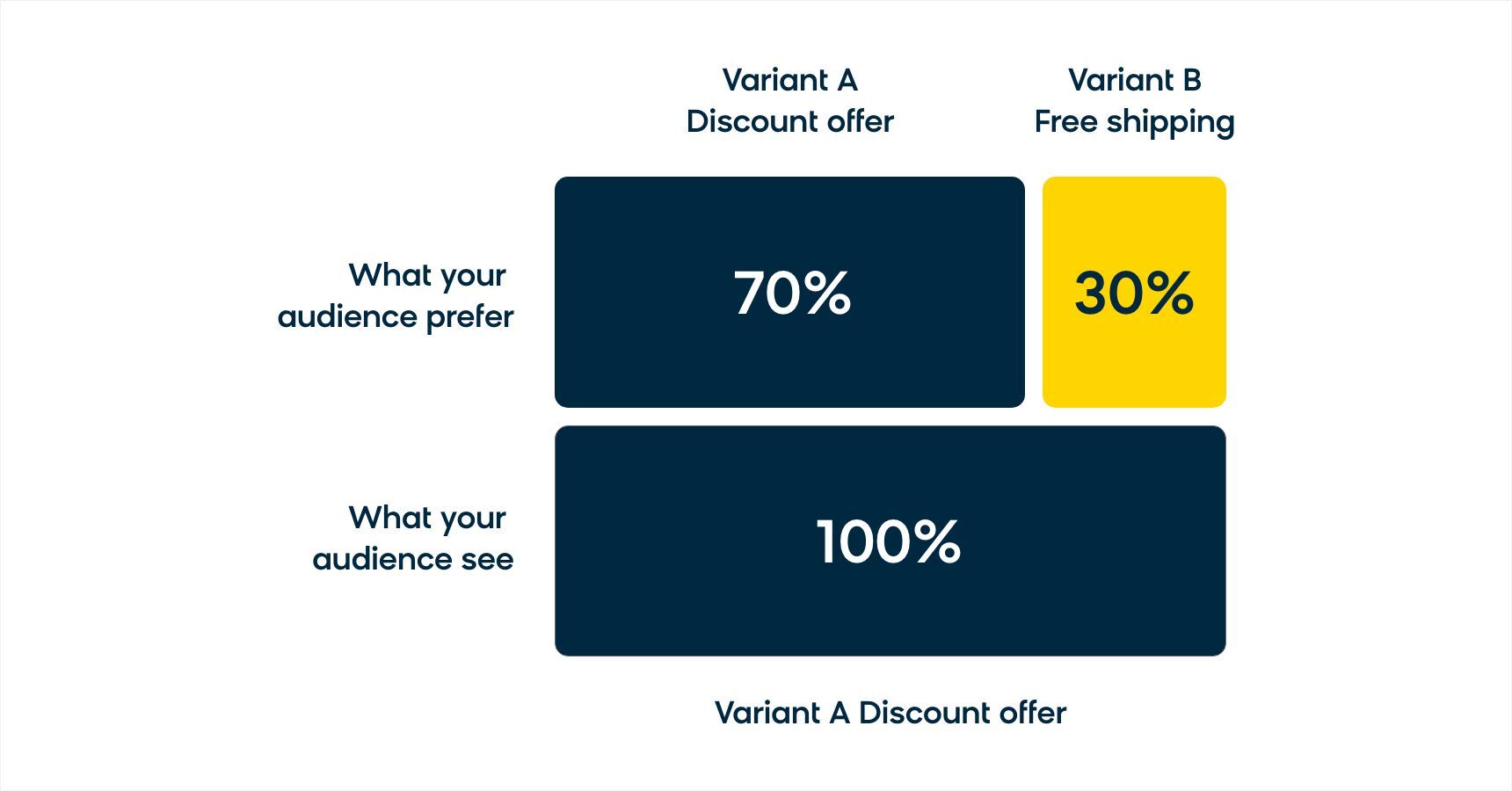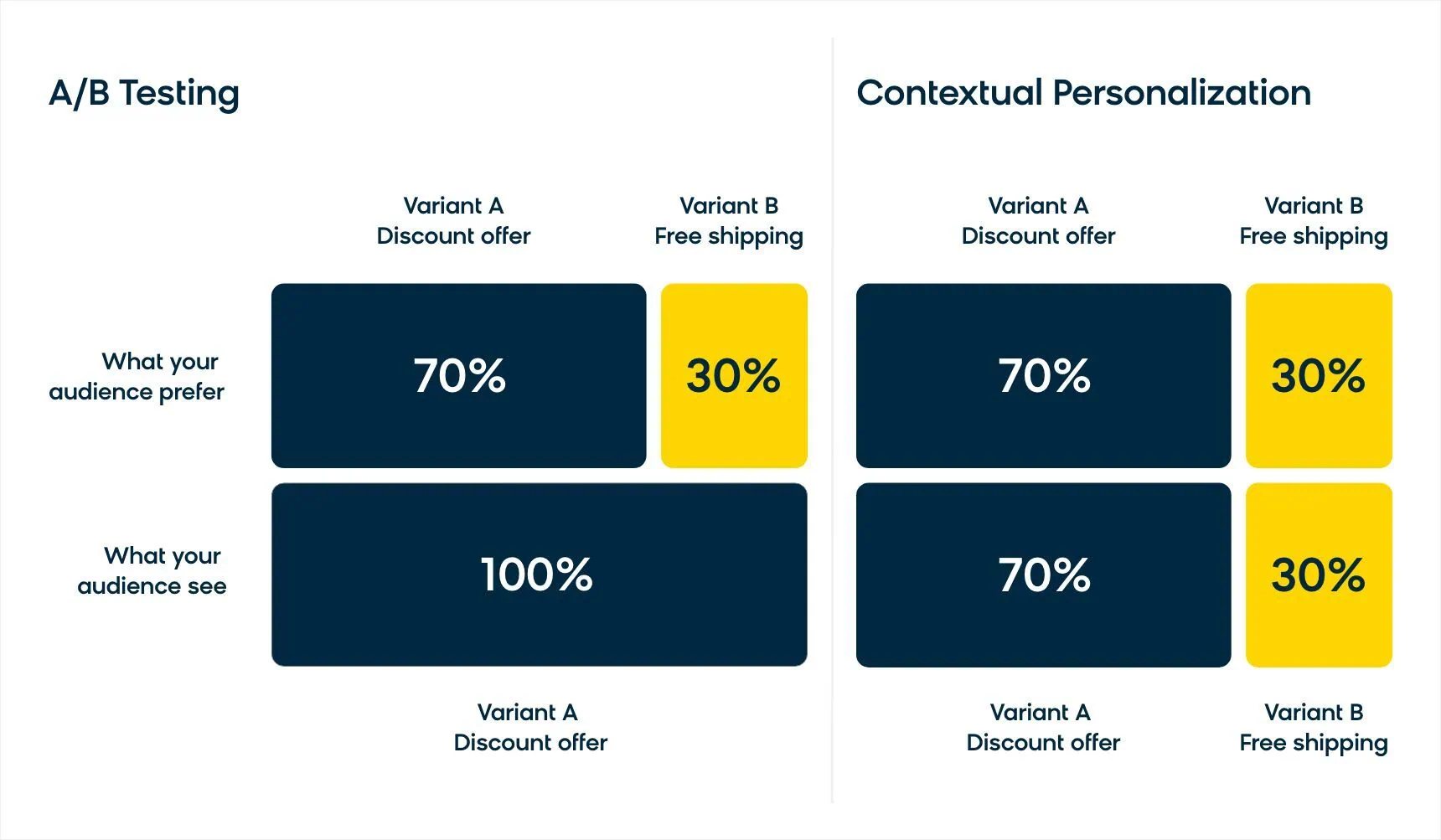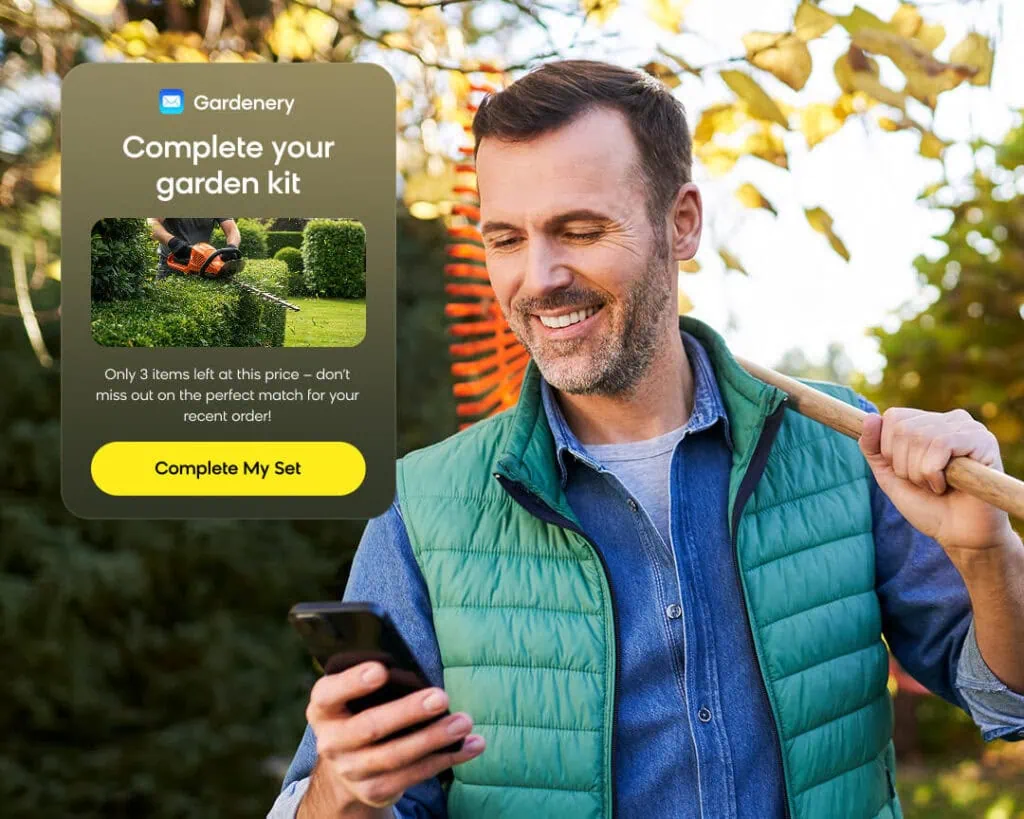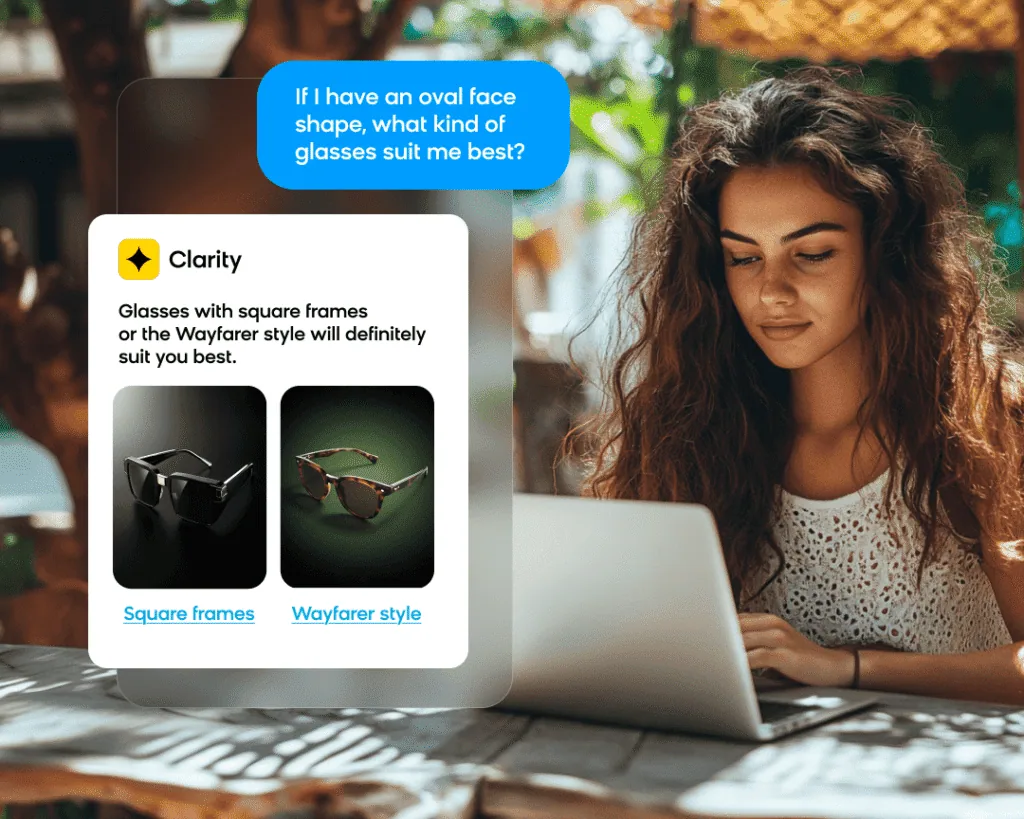Ecommerce shops live or die by the customer experience. If they can optimize their websites for their customers, they can thrive. If not, their future is far less bright.
To provide the best possible site experience for customers, you need to understand them. You need to know what’s important to them. Do they like hunting for sales? Do they want sustainable materials? Maybe they prefer exclusive or premium products?
These preferences typically depend on the individual customer. Over 70% of your customers may be bargain hunters, while the other 25% or so want eco-friendly products, leaving the last 5% who have an interest in luxury products. If you could show the right message and products to the right customer, you’ll significantly improve your chances of conversion.
This is why Bloomreach Engagement offers contextual personalization for marketers.
What is Contextual Personalization?
Contextual personalization uses artificial intelligence and machine learning to pick the right customers for any given message or product recommendation. This can radically change the way digital commerce stores test their messaging and optimize their product offerings.
Contextual personalization enables even deeper ecommerce personalization. It automatically analyzes all of the different contexts of your customers and utilizes the insights immediately.
While A/B testing serves every customer the overall best variant of a tested campaign based on average performance, contextual personalization serves what is best for each customer based on the contexts in which they are found. Essentially, it solves the multi-armed bandit problem.
What is a Multi-Armed Bandit Problem?
Contextual personalization is a solution to a big problem — the multi-armed bandit problem. But what exactly does that mean?
Bandits, in this context, refers to the kind of slot machines you’d find at a Las Vegas casino. The problem is a hypothetical one — imagine you have a limited amount of money, and a large number of slot machines to use that money on.
Some slot machines would probably pay out a little more, and some a little less. You’ve got to find out which one is which as quickly as possible because you only have a limited amount of money to play with. You need to divide your effort between finding which machine pays out the most and milking the highest-paying machine you’ve found so far.
This is (a simplified version of) a multi-armed bandit problem.
You can map this same problem into existence with your ecommerce shop. The limited amount of money is actually your customers (since there’s a finite number of them). The slot machines become your messages or your offers (since some will work better than others for specific customers). And the problem is determining which messages to show to which customers (where to spend your money).
There have been a number of proposed solutions to the multi-armed bandit problem as product recommendations have become more and more important to ecommerce personalization. But contextual personalization is tailored specifically to the ecommerce variant at hand, and it introduces some very important context.
The Power of Context
Let’s go back to our original example of slot machines.
When we first introduced the problem, we were only considering the payout of each machine, and the initial amount of money we had. Now imagine that each machine responds differently to each person sitting in front of it. And the weather makes an impact as well. So does the drink of the person at the machine. As we’ve come to learn, the context of the scenario at play is actually very important.
You now don’t need to just find the best overall strategy. You need to find the best strategy for the given context, which can quickly get overwhelming when factoring in all the different variables.
This applies similarly to digital commerce. Instead of trying to find the best overall message for a particular customer, you should be focused on trying to find the best customer for a particular message while keeping that ever-important context in mind.
Bloomreach’s 13+ years of experience and expertise in ecommerce means we have unparalleled knowledge when it comes to context — knowing what context is important and what context isn’t. This has allowed us to develop contextual personalization.
Context includes historical data about each customer, such as clicks on the website, past purchases, opened emails, as well as data from their ongoing session, such as what the customer just searched for. It aggregates this information and selects the correct variant based on this context. This greatly helps you personalize the experience for your customers.
Then the action happens — either the customer converts or doesn’t. It can be a click on the banner, a newsletter subscription, email engagement, or a purchase later on — basically any other action we’re optimizing for. The contextual “bandit” takes this as feedback, and learns which kinds of contexts paired with which variants lead to conversions, and which don’t. Over time, it learns to make much better decisions.
Go Beyond A/B Testing
Common best practice for businesses not using contextual personalization right now is to perform an A/B test, gather data from that result, then determine which messaging variant works the best for the entire customer data.
Working with another example where 70% of customers are interested in a discount offer, and 30% in free shipping, we might find out that the winning variant would be a banner about said discount offer. Once we finish testing, we would likely also decide to use that variant for the entire customer base.
However, by doing that, you just misunderstood 30% of your customers, and showed them something they don’t care about. Solving this problem could be as simple as finding a segment of customers who bought such products in the past, or purchased from brands who make sustainable goods.
Contextual bandits solve problems like this automatically. They reframe the A/B test question and ask instead — what segment should I show this variant to?
This is fundamentally different, because instead of wondering whether this use case works or doesn’t work for the entire customer base, that thinking is switched so that every change is meaningful for at least a portion of customers.
Limitless Personalization for Omnichannel Marketing
You can use contextual personalization on all of your channels to personalize every aspect of the customer journey.
Personalize Websites with Multiple Weblayer Variants
Shape your customers’ experience while visiting your website by showing content variants that are shaped by a unified customer profile. Show special discounts— chosen by AI and recommended specifically for individual customers — to those looking for deals or highlight premium products to your high spenders.
Go Beyond A/B Testing in Your Email Campaigns
Who said regular newsletters can’t be personalized? With contextual personalization, you can send the right email variant to the right customer, resulting in higher engagement and conversion rates.
Create Truly Unique Customer Journeys
As a node in a scenario builder, you can add contextual personalization into any part of an automated journey to determine the best way to approach a customer. This ensures you send the right message to the right place at the right time.
bimago Wins With Contextual Personalization
bimago is a growing brand in the interior decoration industry with long-standing experience. Since 2004, the company has been dedicated to helping customers create beautiful interiors.
As bimago’s customers increasingly looked for more personalized experiences, the company’s marketers began to rely even more heavily on A/B testing to deliver these experiences.
But A/B testing for conversion rate optimization is limited. Only one out of eight tests drive significant change and only 33% of marketers regularly use A/B testing or multivariate testing. Many organizations do not have the right marketing technology solutions to consistently deploy these tests.
But, as bimago learned, what A/B testing really does is it ignores the preferences of some segments and leads to missed opportunities to drive revenue. A/B testing allows you to understand what your audience prefers but does not always allow for your audience to see the portion of the test that was chosen as preferred.
bimago began to use contextual personalization to offer its customers an optimal experience online. The company selected the best possible variant per visitor to show a website banner, product recommendation, or other web personalization feature to. It did this by analyzing the context of every visitor. These points of context include anything from the device being used by customers and the time of day to customer history and brand affinity.
The results? Quite impressive: bimago saw a 44% increase in conversion rate of subscriptions on a website banner with test results when comparing contextual personalization to typical A/B testing.
Contextual Personalization Allows Companies To Offer Customers a Connected Commerce Experience
Bloomreach Engagement customers can now deploy contextual personalization on their own sites, just as bimago did. Using different variants for different contexts to offer the most optimal messages, products, and customer experiences in general to your consumers outperforms A/B testing in the long run.
Learn more about our web personalization capabilities at Bloomreach and how they can help your company drive revenue and increase brand loyalty.

















